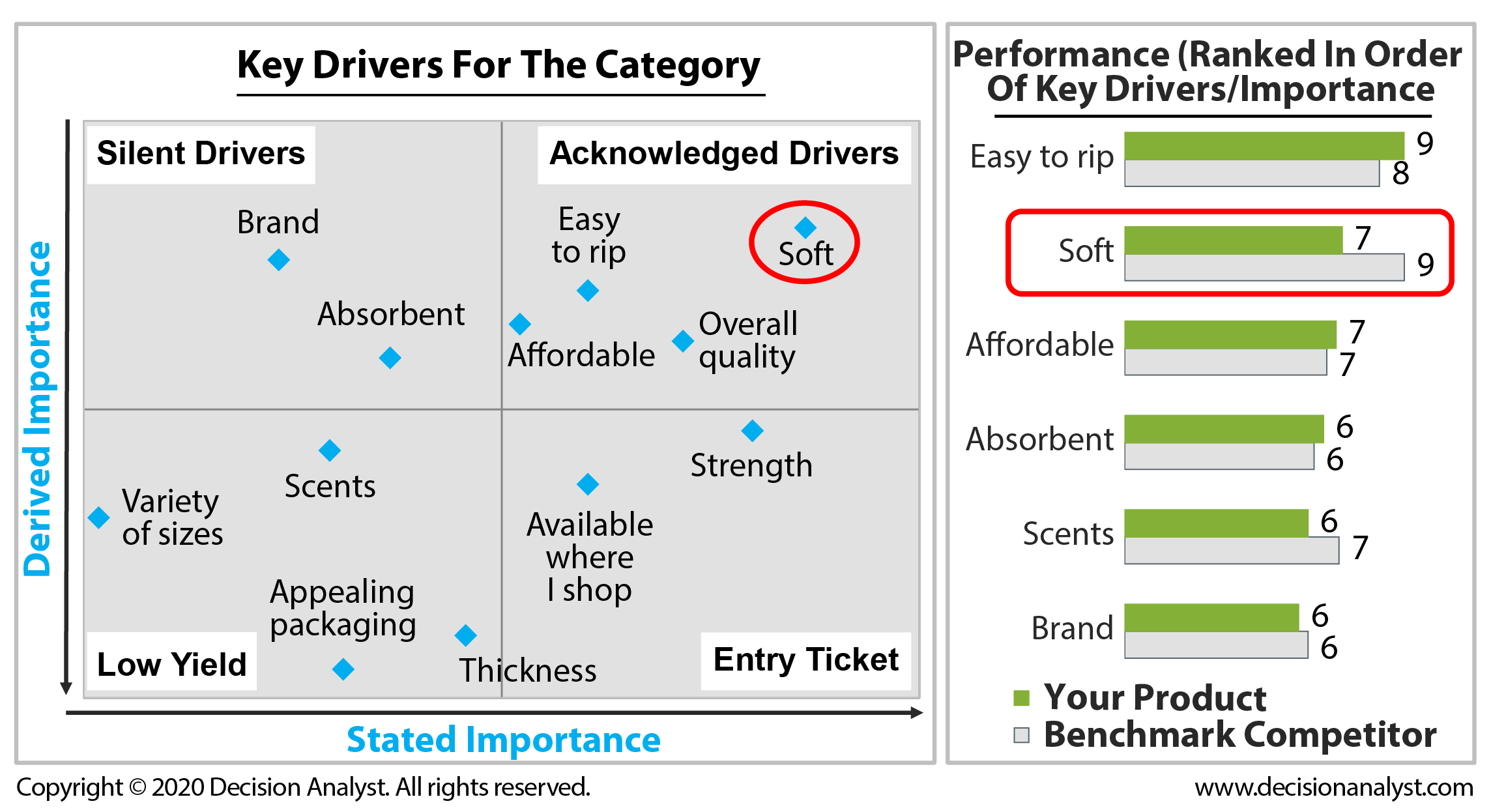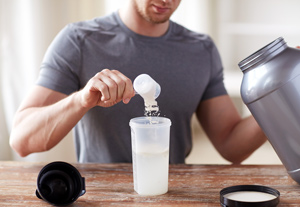Market Domination Via Product Testing, Benchmarking, & Claims
by Sara Sutton and Sheela Avila
-
It’s always a good idea to test your products among consumers prior to initial launch or subsequent product changes. Unfortunately, because fewer and fewer companies are taking this critical step, they are missing key opportunities to improve their products and, ultimately, their odds of market-dominating success.
In today’s fast-moving world, some companies choose to forgo prelaunch product testing so they can save time and money. However, the time and money you spend on product testing is very small compared to the time, money, and reputation (or brand value) you would spend on a market failure. Some think that using early market reactions (gleaned from the internet, from direct customer complaints, or from surveys among early adopters) will be sufficient because their company can be agile in making changes to fix any issues that come up. But their brand’s reputation may already be damaged at that point, and the brand will have lost the trust of those customers by using them as guinea pigs – potentially decreasing their lifetime customer value.
Home-use testing is a surefire way to find out what consumers think about your product. Consumers enjoy the hands-on experience, free product, and feeling like they have a say in new products in the market. Manufacturers benefit from the totality of the consumer reaction, including reactions to things that may not be asked in a traditional survey setting.
With a home-use-test (HUT) approach, consumers can use a product the way they would in their everyday lives. This allows evaluation of all the product’s components over time and in the most realistic use environment. Consumers can compare the product to the one they typically use or to other products that are part of the HUT. If the product is used with other products, used in other ways, or used by other family members, that will be captured naturally with home-use testing.
In fact, including competitive products within your HUT is the best way to benchmark your product. That is, let’s say you have a paper-towel product that averages a “7” rating for softness (on a 10-point scale). Is that good? Is that soft enough? Including a competitive product in the HUT provides a realistic level of comparison to assess how your product will compete on different attributes, revealing your product’s strengths and weaknesses, and how you may want to position the product to meet consumer needs and expectations. For instance, if the competitive product scores a “9” for softness, then you may want to consider ways to make yours softer, particularly if being soft is a must-have for consumers. (See the graphic below as an example.) Or you may want to tout another important and differentiating feature, such as being easy to rip, to set proper market expectations.

Using benchmarked HUT results is an excellent way to achieve product superiority and avoid costly launch failures or embarrassing brand mistakes. In addition to helping drive an increase in repurchase rates, HUTs can help you assess the optimal price to set for new products, evaluate packaging or offers, and more.
The data from HUTs can also be used to enhance your marketing messages and develop claims. Product or use claims are a great way to instill trust among potential customers and to drive first-time purchases:
- 8 in 10 would switch to Brand A.
- 1 in 2 are more satisfied with Brand A versus their current brand.
- 7 in 10 agree Brand A is easier to rip than the leading brand.
- 6 in 10 say that Brand A is a better value for the money than the leading brand.
These claims are often used in marketing messages, on packages, or in point-of-purchase displays. Additionally, manufacturers can share these claims with professionals (or other recommenders or influencers) who can use the claims as a tool when educating or recommending the product to their customers. Claims can also be developed from these professionals or recommenders themselves. (For instance, “Brand A is the #1 most recommended brand.”)
Overall, HUTs are an incredibly valuable ally in new product development and in product adjustment (reformulation, repackaging, reimagining, etc.). Benchmarking ensures that the competitive environment is taken into account, while allowing for proper assessment of your brand’s results. And claims derived from the testing are an additional benefit, giving marketing teams a strong path to entice new consumers to try the product.
Given that many companies skip this seminal work, the few who conduct home-use testing, especially with benchmarking, are in a much better position to reap the rewards and glory of market-dominating success.
Contact Decision Analyst
For questions about this article please email Bonnie Janzen, Executive Vice President (bjanzen@decisionanalyst.com), or Sheela Avila , Senior Research Manager, (savila@decisionanalyst.com). They may also be reached at or 1-817-640-6166.
Copyright © 2020 by Decision Analyst, Inc.
This posting may not be copied, published, or used in any way without written permission of Decision Analyst.


